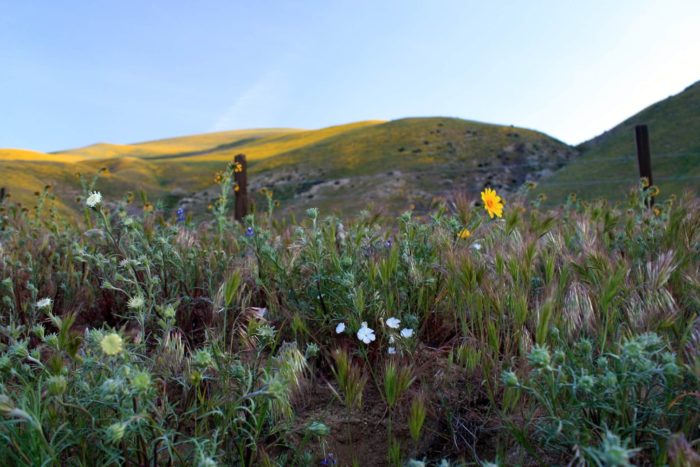Hiking can be very fun. Scratch that – hiking is very fun.
You get to explore a new path, breathe in some fresh air, and really take in the beauty of the nature surrounding you. And, if you decide to turn your hiking trip into camping – sleeping under the starry sky beats pretty much anything in life.
Another fun thing people like to do when they hike is to check out different plants. There are so many different flowers, shrubs, and trees on hiking trails you could probably hike the same trail ten times in a row and still find new species to get fascinated with.
Now, the question we’re pondering today is – how do you identify those plants? Sure, you could cheat and use the software on your mobile phone, but where’s the fun in that? No, instead of taking it easy, we’re going to share some boy scout-like tips with you, so you can try and figure out which plant you’re looking at – the old way.
P.S. You’ll need to know your plants – at least the basics – in order for these tips to work.
Let’s start.
1. Where Does It Grow?
Some plants are indigenous to certain parts of the world. The same plant growing in a desert-like climate will probably have a hard time growing in a forest, and vice versa.
Also, look at the exact location where it’s growing. Is it growing in direct sunlight, or is it looking for shade? Is the ground earthy or sandy? Does the soil seem wet or dry?
All of these things could help you identify what you’re looking at.
2. What Type Is It?
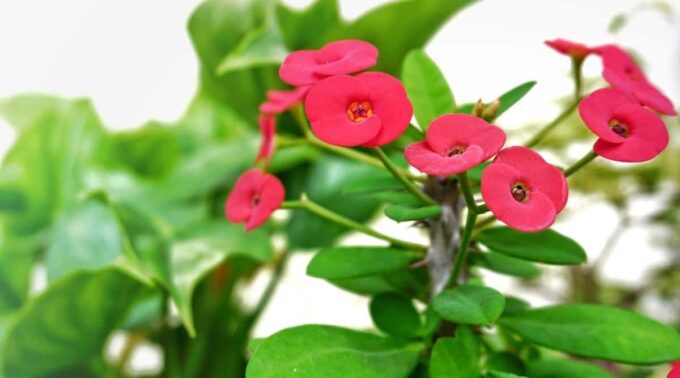
Source: allaboutgardening.com
After location, this will probably be the easiest way to begin identifying a plant.
Basically, just look at it. Is it a tree or a shrub? A vine or a flower? Does it look like a plant that would wilt easily? Does it look like it is losing leaves in the autumn? Do you think it will outright die in the winter only to regrow in the spring?
Try and answer these questions, and you will most likely narrow it down pretty far, which will make it easier for you to identify it in the end.
3. Does It Flower?
Is it a flower? Does it flower?
Not every plant flowers. Although, to be fair, it can be hard to realize whether plant flowers or not if you get there during the wrong season.
However, if you notice a flower or if it is the flower – look at it.
What colour is it? What is its shape or structure? Does it smell good? How does it bloom?
Knowing this could easily help you identify it.
4. What Is Its Texture And Structure Like?

Source: zmescience.com
The texture is another big thing when it comes to identifying plants – regardless of their size or type.
If it’s a try – look at its bark. What colour is it? Is it brown, white, or grey-ish? Is it smooth or fissured? If it’s fissured – how rough it is?
If you’re not looking at the tree – inspect the colour, shape and structure of the stem. Some plants will have circular stems, while some families, like mint, will have square-like stems.
5. What Is Its Foliage Like?
Next up, we, or rather you, can take a look at the foliage.
This one will be the easiest. Do you see leaves or needles? If it has needles, it’s probably a succulent, so you can just look up succulents for sale at succulentmarket.com and find out what is the one you’re looking at is called.
Also, are you seeing regular leaves or funny-shaped ones? Are they smooth? Rough? Maybe they’re grass-like?
Now, when it comes to shape, we said funny-shaped because we didn’t want to bother you with technical terms. Who knows what a lanceolate leaf form means? That’s a narrow leaf for all you care.
All jokes aside, the shape of a leaf can tell you a lot about the species of the plant. Also, look at the margins and veining on the leaves.
A neat trick you can do to memorize your leaves in the old-school style is to bring a sketchbook and draw it. Or, just pluck one leaf and take it home.
6. How Does Its Foliage Grow?
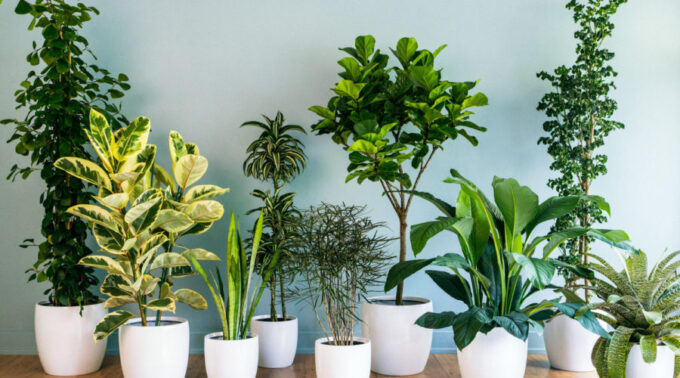
Source:
Unless you’re looking at a tree, figuring out where the leaf attaches to the stem can tell you a lot about the species of the plant.
Do leaves grow out of the stem directly? Are they near the end of the stem or low to the ground, near the base? Do they grow in the alternate, opposite, or whorled pattern? Identifying all of these leaf traits (along with the aforementioned things) will make identification rather simple.
7. Does It Sap?
This one you won’t be able to figure out just by looking at the plant – you’ll have to break some of it off.
Essentially, what you’re looking at here is whether the plant saps when you cut it or when you pluck off a leaf or a flower.
If it does – look at the colour, texture, consistency, and even smell of the sap. We wouldn’t go as far as to check out the taste.
8. Does It Yield Fruit Or Berries?
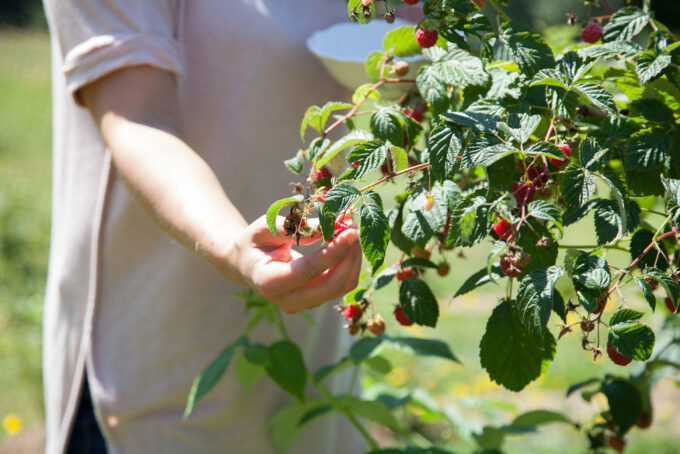
Source: melissaknorris.com
Are you looking at the plant that yields fruits or berries?
Most of us are fairly familiar with fruits and berries or any other edible part of a plant, so if you spot it – you probably won’t have a hard time figuring out what you’re looking at.
A lemon tree is quite obviously a lemon tree when you see the lemons hanging off of it.
9. Do You Notice Anything Interesting About It?
Is there anything else interesting that you notice about the plant you’re looking at?
Is it uncommonly shaped? Do you notice any insects or animals on it or near it? Is the colour unusual?
Things like these can help you easily pinpoint the exact species.
Bonus Tip – Does It Taste Good?
If you stumble upon a funny looking mushroom or an unknown plant – just eat it! That’s probably the best way to easily identify it.
Just joking – please don’t do that. Never eat the plant you don’t recognize – mushroom or not.
Conclusion
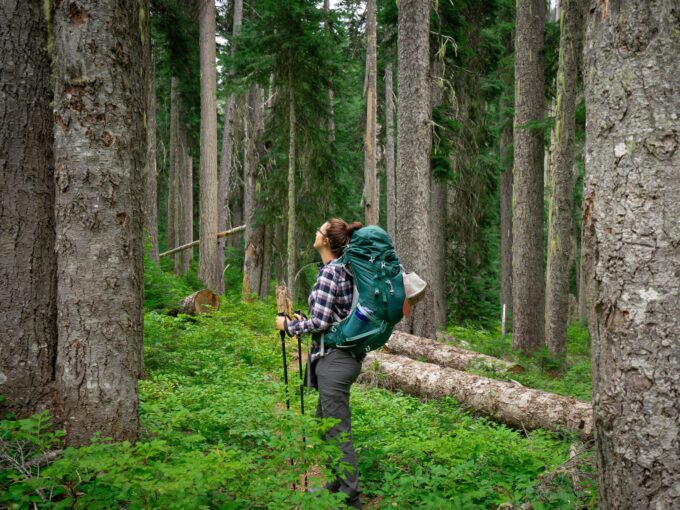
Source: tetonsports.com
There you have it.
With these tips in mind, we find it hard to believe that you won’t have fun next time you’re hiking a new trail. And, we find it even harder to believe that you won’t be able to identify some of these wild plants with ease.

